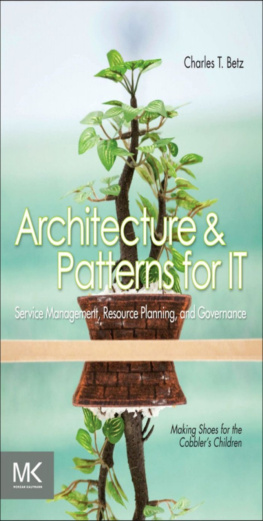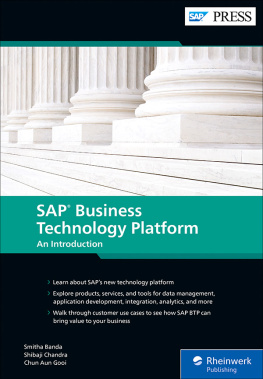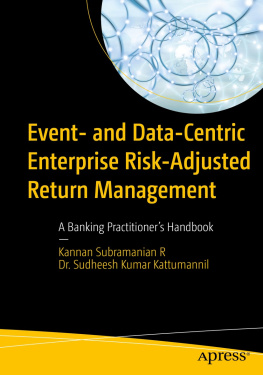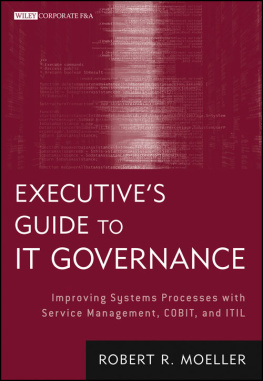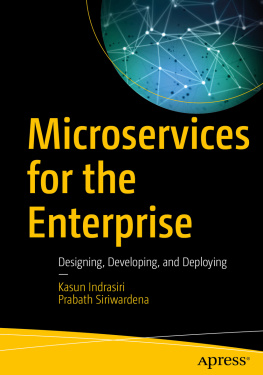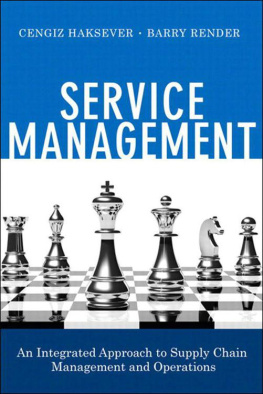Copyright
Acquiring Editor: Rachel Roumeliotis
Development Editor: Robyn Day
Project Manager: Danielle S. Miller
Designer: Joanne Blank
Morgan Kaufmann is an imprint of Elsevier
225 Wyman Street, Waltham, MA 02451, USA
2011 Elsevier, Inc. All rights reserved.
No part of this publication may be reproduced or transmitted in any form or by any means, electronic or mechanical, including photocopying, recording, or any information storage and retrieval system, without permission in writing from the publisher. Details on how to seek permission, further information about the Publisher's permissions policies and our arrangements with organizations such as the Copyright Clearance Center and the Copyright Licensing Agency, can be found at our website: www.elsevier.com/permissions.
This book and the individual contributions contained in it are protected under copyright by the Publisher (other than as may be noted herein).
Notices
Knowledge and best practice in this field are constantly changing. As new research and experience broaden our understanding, changes in research methods or professional practices, may become necessary. Practitioners and researchers must always rely on their own experience and knowledge in evaluating and using any information or methods described herein. In using such information or methods they should be mindful of their own safety and the safety of others, including parties for whom they have a professional responsibility.
To the fullest extent of the law, neither the Publisher nor the authors, contributors, or editors, assume any liability for any injury and/or damage to persons or property as a matter of products liability, negligence or otherwise, or from any use or operation of any methods, products, instructions, or ideas contained in the material herein.
Library of Congress Cataloging-in-Publication Data
Betz, Charles T.
Architecture and patterns for IT service management, resource planning, and governance : making shoes for the cobbler's children / Charles T. Betz. -- 2nd ed.
p. cm.
Includes bibliographical references and index.
ISBN 978-0-12-385017-1 (pbk.)
1. Information technology. 2. Information technologyManagement. 3. Computer network architectures. I. Title.
T58.5.B47 2011
004.068--dc23
2011028716
British Library Cataloguing-in-Publication Data
A catalogue record for this book is available from the British Library.
ISBN: 978-0-12-385017-1
Printed in the United States of America
111213141510987654321
For information on all MK publications visit our website at www.mkp.com
Foreword I
Hardly a week goes by where we don't see an article on the Web or in the newspaper article about an organization experiencing a service outage that is blamed on the failure of Information Technology (IT). These articles are simply another proof point reflecting the growing dependence on IT to run the business, grow market opportunities, and innovate. That said, after many years of involvement in IT, I find it is becoming more and more difficult to discern which investments and resources are adding value commensurate with the business expectations. Pressure to understand the real business value of IT has never been greater and answer to this question may dictate whether business demand will increase or decrease. And if we experience a rapid acceleration in business demand, will the floodgates of IT funding open?
In the past 2 years, with the economy in trouble, all of us in IT have made severe budget cuts, automated process, invested in virtualization, delayed or cancelled much innovation, and reduced staffing. Now the requirements from the business are changing as we are moving out of recession and the business is mandating that we start to innovate again to grow the business. This is good, isn't it? The challenge is, how do we do it with our current resource levels, operational commitments, and ever-changing business needs? All this in a time when the value chain delivering IT is becoming more complex! IT can no longer take years to deliver innovation; we must do it rapidly. The window of competitive advantage is significantly shorter, so IT goods and services must be developed with increased agility, yet still delivered with high service levels.
In order to drive value to the business, we have invested not only in new technology but also in new methods for delivery where rather than building all components organically we are leveraging a supply chain with a focus on driving business outcomes. The new supply chain now includes internally delivered components, outsourcers, cloud computing, and the growing knowledge of the digital native community entering the workforce.
I recall sitting in a diner in Minneapolis with Charlie just a few short months ago discussing the totally risk adverse nature of IT. In my opinion, this posture can no longer prevail. IT must be able to quantify and accept risk where the business mandates and additionally efficiently and effectively run the business. Now if this on its own is not enough, as IT is now delivering the business processes, it too inherits much of the requirement for compliance.
Furthermore, we are seeing the business in many organizations allowed to choose between traditionally centralized IT organizations, building more closely held internal capabilities, or even going directly to the cloud. Clearly, if IT is to survive, it must be world class!
I was speaking to the CIO of a large insurance organization recently, and in the discussion, she mentioned that her IT budget had grown by 2% this year and at the same time the business mandate was to innovate reflecting the strategy of growth and transactions were expected to grow 5%. It was clear that simply automating processes was not enough. The plan included the requirement to make cost savings through application rationalization, outsourcing, and cloud adoption. These savings will provide relief this financial year, but the real sustainable growth must come from the ability to understand business strategy, prioritize resources, and meet demand more quickly.
The methodology to drive this out in a sustainable fashion effectively managed and governed mandates the adoption of Service and Portfolio Management (SPM). My personal definition of SPM is not one out of a framework or standard. I define SPM as aggregating all demand and then balancing investments against organizational requirements, allowing the business to determine priorities allowing IT to make the appropriate sourcing decisions.
To assist you in your endeavors, there are many frameworks and standards in place, as Charlie covers in the book. Through application of Lean and enterprise architecture principles, he then builds a nontechnical reference model showing with clarity how the high-level principles espoused by these frameworks can be implemented in an effective integrated system of process, data, and technology.

